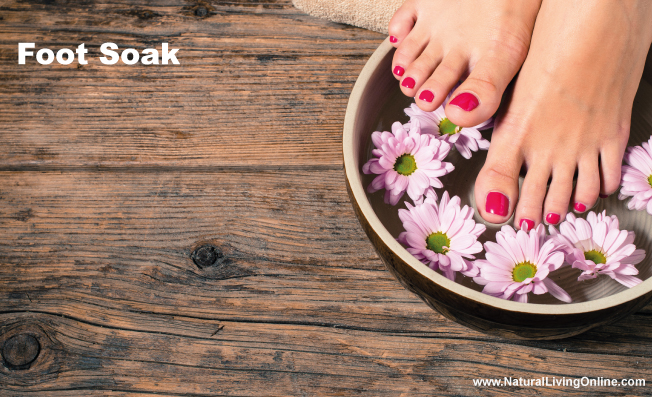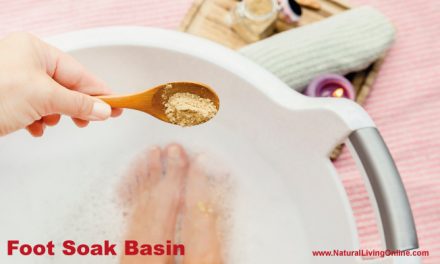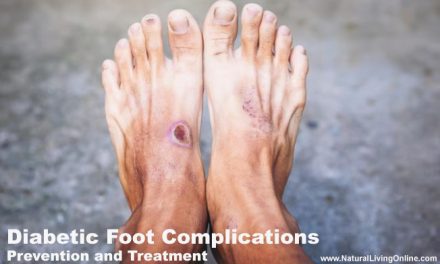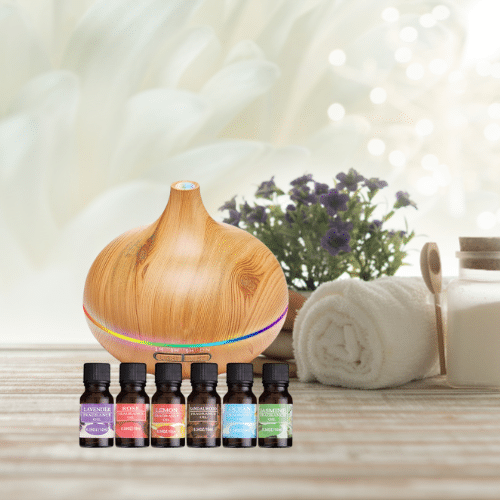Our feet are the foundation of our body and carry us through life. Yet, they are often neglected and not given the care they deserve. Foot soaks are a great way to pamper yourself and to take care of your feet, which often bear the brunt of our daily activities. Regular foot care is important, not just for cosmetic reasons but also for the health of our feet. Foot soaks have become a popular way to promote relaxation, relieve stress and anxiety, soothe aching feet, and even detoxify the body. But did you know that you can also use foot soaks for a variety of foot problems? In this blog post, we will discuss the health benefits of foot soaks and provide you with nine DIY foot soak home remedies for common foot problems.
Health Benefits of Foot Soaks
Before we delve into the DIY foot soaks remedies, let’s talk about the many benefits of soaking your feet. Here are some of the health benefits of foot soaks:
- Relieve stress and anxiety: Soaking your feet in warm water can help to relax your muscles and reduce stress and anxiety.
- Reduce inflammation: A foot soak can help to reduce inflammation and swelling in the feet, especially after a long day of standing or walking.
- Improve circulation: A foot soak can improve blood flow and circulation to the feet, which can help to reduce pain and promote healing.
- Promote better sleep: A foot soak before bed can help to promote relaxation and better sleep.
- Soften and moisturize feet: Soaking your feet in warm water can help to soften and moisturize dry, cracked feet.
- Detoxify the body: A foot soak can help to remove toxins from the body through the feet.
- Improve mood: Soaking your feet can help to improve your mood and leave you feeling refreshed and rejuvenated.
DIY Homemade Foot Soak Recipes
Tea Tree Oil Foot Soak for Athlete’s Foot
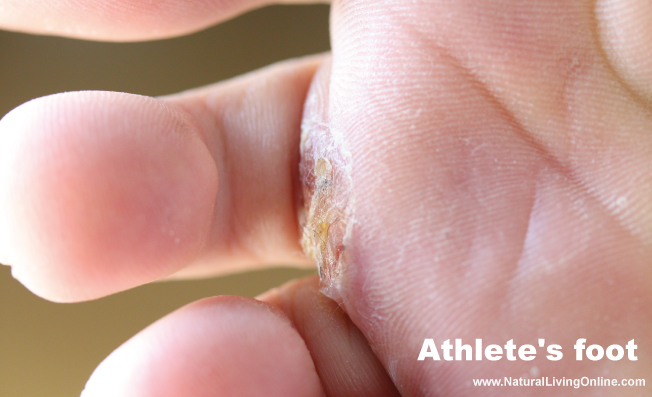
Athlete’s foot is a fungal infection that thrives in warm, damp environments, such as locker rooms and swimming pools. Tea tree oil has antifungal properties that can help treat athlete’s foot. Add a few drops of tea tree oil to warm water and soak your feet for 15-20 minutes. Repeat daily until the infection clears up. You use this easy homemade foot bath soak once a day to get rid of fungal infections
Peppermint and Epsom Salt Foot Soak for Cracked Heels
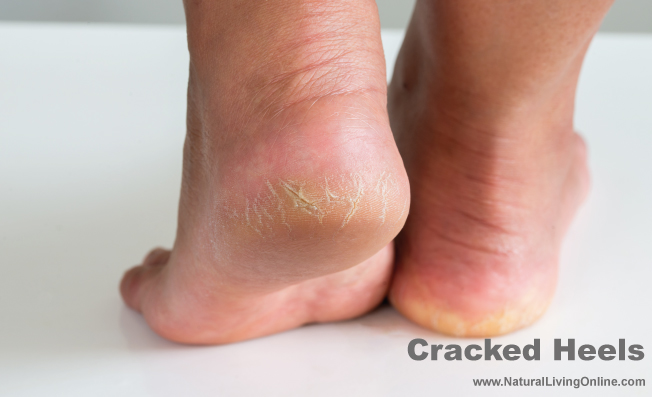
Cracked heels can be caused by dry skin, obesity, or standing for prolonged periods. Peppermint oil has a cooling effect that can soothe cracked heels, while Epsom salt can help soften the skin. Mix a cup of Epsom salt with a few drops of peppermint oil and add it to warm water. Soak your feet for 20-30 minutes, then gently scrub your heels with a pumice stone.
Ginger Foot Soak for Swollen Feet
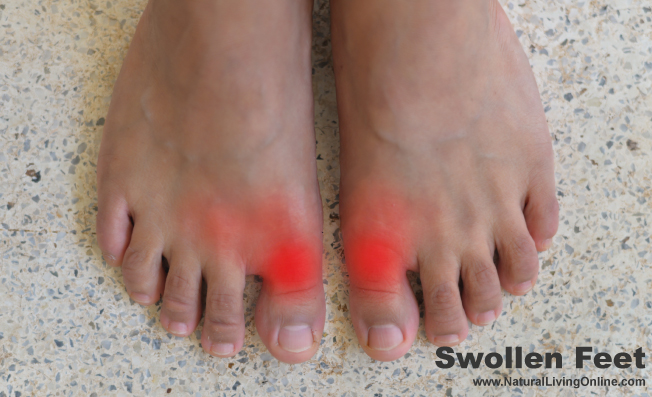
Swollen feet can result from pregnancy, long periods of sitting or standing, or underlying medical conditions. Ginger has anti-inflammatory properties that can help reduce swelling. Grate a fresh ginger root and add it to warm water. Soak your feet for 20-30 minutes. You can also add Epsom salt to the water for added benefits. Epsom salt and ginger foot soak is a great homemade recipe for swollen feet.
Epsom Salt and Vinegar Foot Soak for Ingrown Toenails
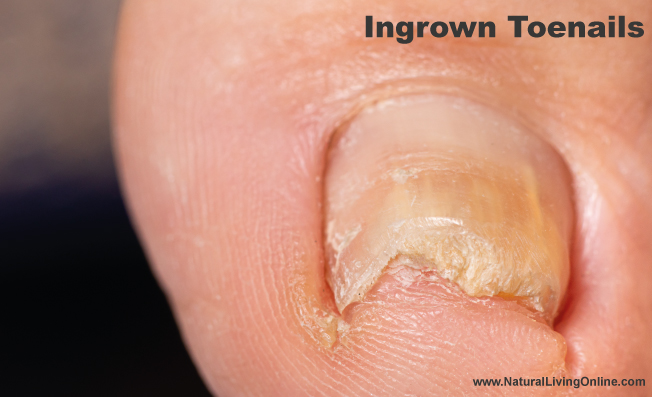
Ingrown toenails occur when the toenail grows into the skin, often caused by improper trimming or wearing tight shoes. Epsom salt foot soak can help reduce inflammation and soften the skin, while vinegar has antifungal properties that can help prevent infection. Mix a cup of Epsom salt and half a cup of vinegar with warm water. Soak your feet for 20-30 minutes, then gently lift the ingrown toenail and apply an antiseptic cream.
Lemon Juice and Baking Soda Foot Soak for Calluses and Corns
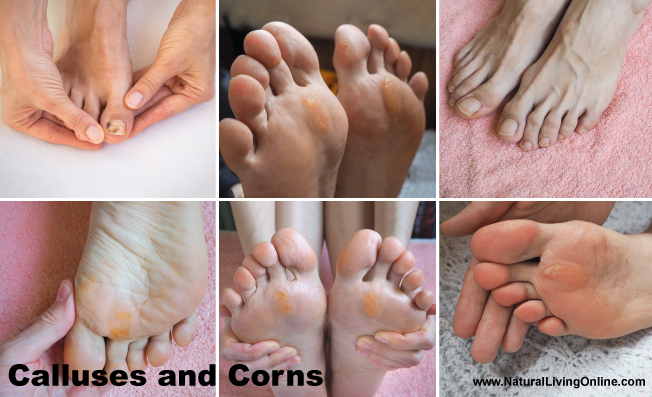
Calluses and corns are thickened areas of skin caused by friction or pressure. Lemon juice contains citric acid that can help dissolve dead skin cells, while baking soda can help exfoliate and soften the skin. Mix a tablespoon of lemon juice with a tablespoon of baking soda and add it to warm water. Baking soda is a natural exfoliant and can help remove dead skin cells. When used in a foot soak, baking soda can help loosen dead skin cells, making it easier to remove calluses and corns. Soak your feet for 15-20 minutes, then gently scrub the affected area with a pumice stone to remove the excess dead skin.
Apple Cider Vinegar and Listerine Foot Soak for Fungal Toenail Infections
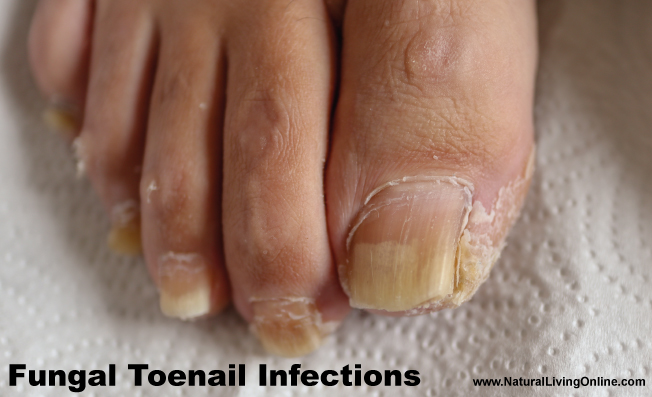
Fungal toenail infections are caused by fungi that thrive in warm, moist environments, such as sweaty shoes. Apple Cider Vinegar and Listerine both have antifungal properties that can help treat fungal toenail infections. Mix 1ml of each apple cider vinegar and Listerine with warm water. Soak your feet for 20-30 minutes, then dry your feet thoroughly.
Tea Tree Oil and Lemon Foot Soak for Foot Odor
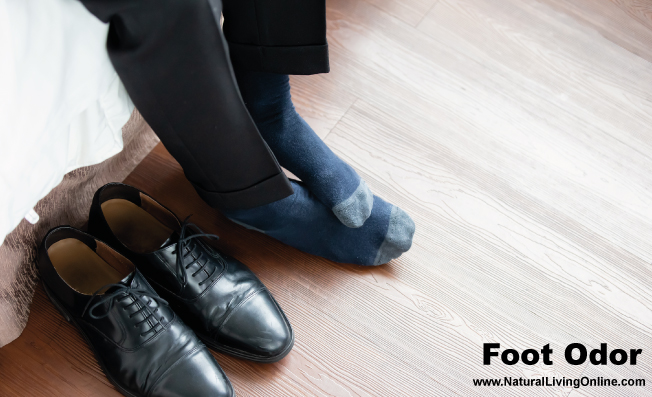
Foot smell is a common problem that can be embarrassing and uncomfortable. It is caused by bacteria that thrive in moist, warm environments such as shoes and socks. When your feet sweat, these bacteria multiply and produce a foul odor. Tea tree oil has antifungal and antibacterial properties that can help kill the bacteria and fungi that cause foot odor. Lemon juice has natural antimicrobial properties that can help kill the bacteria that cause foot odor. To make a tea tree oil and Lemon foot soak for smelly feet, mix ten drops of tea tree essential oil and squeeze the juice of one lemon into a large bowl or basin filled with hot water. Soak your feet in the solution for 15-20 minutes, then dry your feet thoroughly.
Relaxing Lavender Foot Soak for Sore and Tired Feet
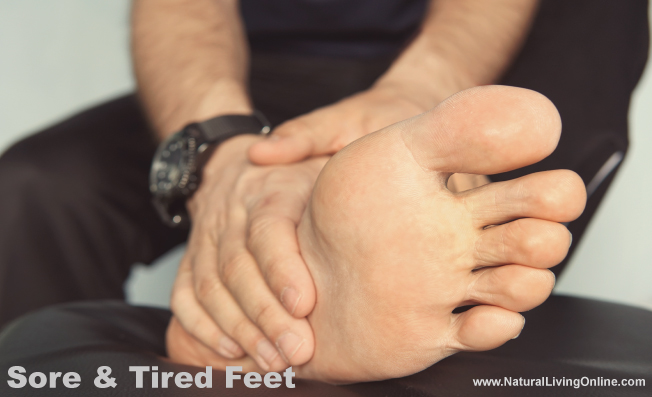
Tired and sore feet are a common problem that many people experience, especially those who spend long hours on their feet. Achy feet can be caused by a variety of factors, including standing or walking for extended periods, wearing tight or uncomfortable shoes, or engaging in high-impact activities such as running or jumping. Lavender and Rosemary essential oil foot soak and help soothe the sore feet and relax sore muscles. To make this foot soak add 5 drops of lavender essential oil and 5 drops of rosemary essential oil into a large bowl or basin filled with warm water. Add 3 spoons of Himalayan Pink Salt and 3 spoons of Epsom Salt. Mix well and soak your feet in the solution for 15-20 minutes, then dry your feet thoroughly.
Milk and Honey Foot Soak for dry feet
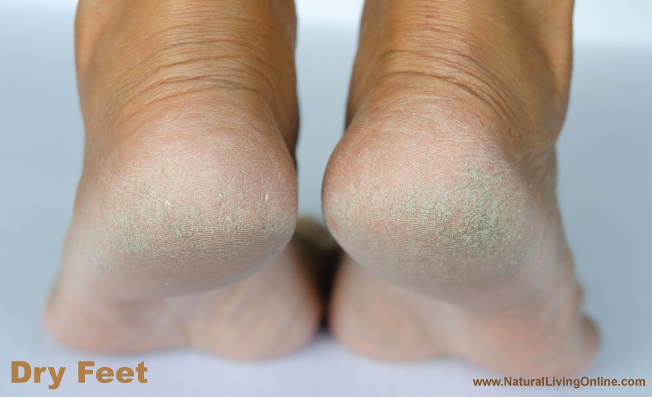
Milk and honey are both moisturizing and soothing, making them a great combination for a foot soak for dry feet. To make this simple foot soak with milk and honey, add 1 cup of milk and 2-3 tablespoons of honey to a foot basin of warm water and soak your feet for 15-20 minutes.
How to Prepare a Foot Soak
To prepare a foot soak, fill a basin or a tub with warm water. The water should be warm, but not too hot to avoid burning your skin. Add your desired foot soak ingredients, such as Epsom salt, Himalayan Pink Salt, essential oils, or vinegar, and mix well. Soak your feet for the recommended amount of time, then dry them thoroughly with a clean towel.
Tips for making the most of your foot soak:
- Use a basin or a tub that is big enough to fully immerse your feet.
- Add your foot soak ingredients gradually, and mix well to ensure they are fully dissolved.
- Use warm water, but not too hot, to avoid burning your skin.
- Use a pumice stone or a foot brush to gently scrub the affected area after soaking.
- Apply moisturizer to your feet after soaking to keep them soft and supple.
Precautions and Side Effects
While Homemade foot soak recipes are generally safe and effective, there are some precautions and potential side effects to keep in mind.
- Allergies: Essential oils can cause allergic reactions in some people. Before using essential oils in your foot soaks, do a patch test by applying a small amount of the oil to your skin and wait for any signs of an allergic reaction.
- Skin irritation: Some people due their sensitive skin may experience skin irritation or dryness after soaking their feet in certain ingredients, such as vinegar or Epsom salt. If you experience any irritation, discontinue use.
- Over-soaking: Soaking your feet for too long or too frequently can dry out your skin and cause cracking. Limit foot soaks to 2-3 times a week and avoid soaking for longer than 20 minutes at a time.
- Pregnant or breastfeeding: Pregnant or breastfeeding women should consult with their healthcare provider before using essential oils in foot soaks.
- Diabetes or other health conditions: If you have diabetes or any other health conditions that affect your feet, consult with your healthcare provider before using foot soaks.
- Avoid ingesting: Foot soaks are for external use only. Do not ingest any of the ingredients in your foot soak.
- Essential oil safety: Essential oils are highly concentrated and should be used with caution. Follow instructions for dilution and use as recommended.
Conclusion
In conclusion, taking care of your feet is essential for your overall health and well-being. Foot soak is an easy and effective way to provide relief for various foot problems. In this blog post, we have discussed some common foot problems and their causes, DIY foot soaks remedies for different foot problems, and tips for making the most of your foot soak. We encourage you to try these foot bath remedies at home and make foot care a part of your regular self-care routine.
Frequently Asked Questions
How much Epsom salt shall I use in a foot soaks?
The amount of Epsom salt you use in your foot soak recipes depends on the size of the basin or container you are using. A general rule of thumb is to use 1/2 to 1 cup of Epsom salt for every gallon of water. However, you can adjust the amount based on your personal preference and the severity of your foot problem.
How much essential oils can I use in a foot soak recipes?
The amount of essential oils you use in your foot soak recipes also depends on the size of the basin or container you are using. A general guideline is to use 5-10 drops of essential oil per gallon of water. However, you can adjust the amount based on your personal preference and the strength of the essential oil.
How long shall I soak my feet?
The duration of your foot soak depends on the ingredients you are using and the severity of your foot problem. Generally, you can soak your feet for 15-20 minutes, but you can soak for longer if you like. However, it is important not to soak for too long or too frequently, as it can dry out your skin.
What is best homemade foot soak to remove dead skin?
To remove dead skin from your feet, you can use a homemade foot soak with ingredients like Epsom salt, baking soda, and apple cider vinegar. For example, you can mix 1/2 cup of Epsom salt, 1/4 cup of baking soda, and 1/4 cup of apple cider vinegar in a basin filled with warm water. Soak your feet for 15-20 minutes, then use a pumice stone or foot brush to gently scrub away dead skin. Rinse and dry your feet thoroughly.
This website does not provide medical advice.
All information provided on this website, and on associated social media networks, including but not limited to texts, images, and numbers are for general information purpose only. It is not intended as medical advice and it does not include all possible precautions, side effects, or interactions that may occur. Neither NaturalLivingOnline.com nor its author/founder take responsibility for how you use this information. Statements contained on NaturalLivingOnline.com have not been evaluated by the FDA. You should conduct thorough research via multiple sources and consult your physician or qualified doctor before using any essential oil or herbal remedy. Information on NaturalLivingOnline.com must not be relied upon for medical, legal, financial or other decisions.

